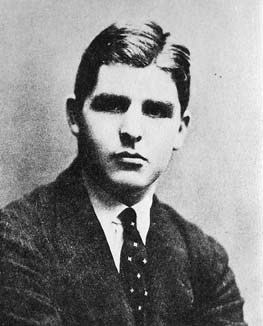Nationality United Kingdom | Role Mathematician Name Raymond Paley | |
 | ||
Born 7 January 1907Bournemouth, England ( 1907-01-07 ) Known for Paley graphPaley–Wiener theorem Died April 7, 1933, Banff, Canada Books Fourier Transforms in the Complex Domain Education Eton College, University of Cambridge, Trinity College, Cambridge | ||
Raymond Edward Alan Christopher Paley (7 January 1907 – 7 April 1933) was an English mathematician. Paley was born in Bournemouth, England. He was educated at Eton. From there he entered Trinity College, Cambridge where he showed himself as a brilliant student. He won a Smith's Prize in 1930 and was elected a fellow of Trinity College.

His contributions include the Paley construction for Hadamard matrices (closely related to the Paley graphs in graph theory) and his collaboration with Norbert Wiener in the Paley–Wiener theorem (harmonic analysis). He collaborated with A. Zygmund on Fourier series (see also Paley–Zygmund inequality) and worked with J. E. Littlewood on what became known as Littlewood–Paley theory, an application of real-variable techniques in complex analysis.
On 7 April 1933, Paley died in a skiing accident when skiing alone at an altitude of 9,600 ft in Banff, Alberta. He was killed by an avalanche at Deception Pass, Fossil Mountain, in the Canadian Rockies. His death was witnessed by companions lower down the mountainside. Park wardens and a member of the Royal Canadian Mounted Police recovered the body. He is buried in the Banff town cemetery.
